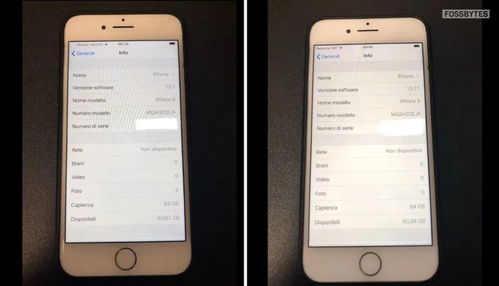Title: Getting Started with iOS PLC Mobile Programming
In the realm of industrial automation, the convergence of mobile technology with Programmable Logic Controllers (PLCs) has opened up new avenues for remote monitoring, control, and data analysis. iOS PLC mobile programming allows engineers and technicians to interact with PLC systems using their iPhones or iPads, offering flexibility and convenience in managing industrial processes. Let's delve into the basics of iOS PLC mobile programming:
Introduction to iOS PLC Mobile Programming:
iOS PLC mobile programming involves developing applications for iOS devices (iPhones or iPads) that can communicate with PLCs over various communication protocols such as Modbus TCP/IP, EtherNet/IP, or Profinet. These applications serve as a bridge between the user and the industrial control system, enabling realtime monitoring, control, and troubleshooting.
Key Components and Tools:
1.
Xcode:
Xcode is the Integrated Development Environment (IDE) for iOS app development. It provides tools for coding, debugging, and testing iOS applications.
2.
Swift Programming Language:
Swift is the preferred language for iOS app development. It offers modern syntax, safety features, and performance optimization.
3.
PLC Communication Libraries:
Depending on the PLC brand and communication protocol, developers may utilize specific libraries or SDKs to establish communication between the iOS device and the PLC.
4.
User Interface (UI) Design Tools:
Xcode includes Interface Builder for designing UI elements visually or programmatically.
Steps to Develop an iOS PLC Mobile Application:
1.
Project Setup:
Create a new iOS project in Xcode and choose the appropriate template (e.g., Single View App).
2.
UI Design:
Design the user interface with elements such as buttons, switches, sliders, and labels to represent various PLC functions and data.
3.
PLC Communication Setup:
Implement the communication logic using relevant PLC communication libraries. This involves establishing connections, reading data from PLC registers, and sending control commands.
4.
Data Processing:
Process the data received from the PLC, perform calculations if necessary, and update the UI accordingly.
5.
Error Handling:
Implement error handling mechanisms to deal with communication failures, timeouts, or unexpected data.
6.
Testing and Debugging:
Test the application on iOS simulators and real devices to ensure functionality and responsiveness. Utilize Xcode's debugging tools to troubleshoot any issues.
7.
Optimization and Refinement:
Finetune the application for performance, usability, and compatibility with different iOS devices and versions.
8.
Deployment:
Once the application is ready, distribute it through the App Store or deploy it internally within the organization using Mobile Device Management (MDM) solutions.
Best Practices and Considerations:
1.
Security:
Implement secure communication protocols and authentication mechanisms to protect sensitive PLC data from unauthorized access.

2.
User Experience (UX):
Prioritize userfriendly design and intuitive navigation to enhance the user experience, especially for operators and technicians in industrial environments.
3.
Reliability:
Build robust error handling and recovery mechanisms to ensure the application can gracefully handle communication disruptions or PLC faults.
4.
Performance Optimization:
Optimize code and minimize network overhead to achieve optimal performance, especially when dealing with large datasets or realtime control.
5.
Documentation:
Maintain thorough documentation including project specifications, communication protocols, and user manuals to aid in development, maintenance, and troubleshooting.
Conclusion:
iOS PLC mobile programming empowers industrial professionals with the flexibility to monitor and control PLC systems using their iOS devices. By following best practices and leveraging the right tools and techniques, developers can create robust and userfriendly applications tailored to specific industrial automation requirements. Whether it's overseeing manufacturing processes, managing energy systems, or monitoring infrastructure, iOS PLC mobile applications play a pivotal role in modern industrial automation ecosystems.
文章已关闭评论!
